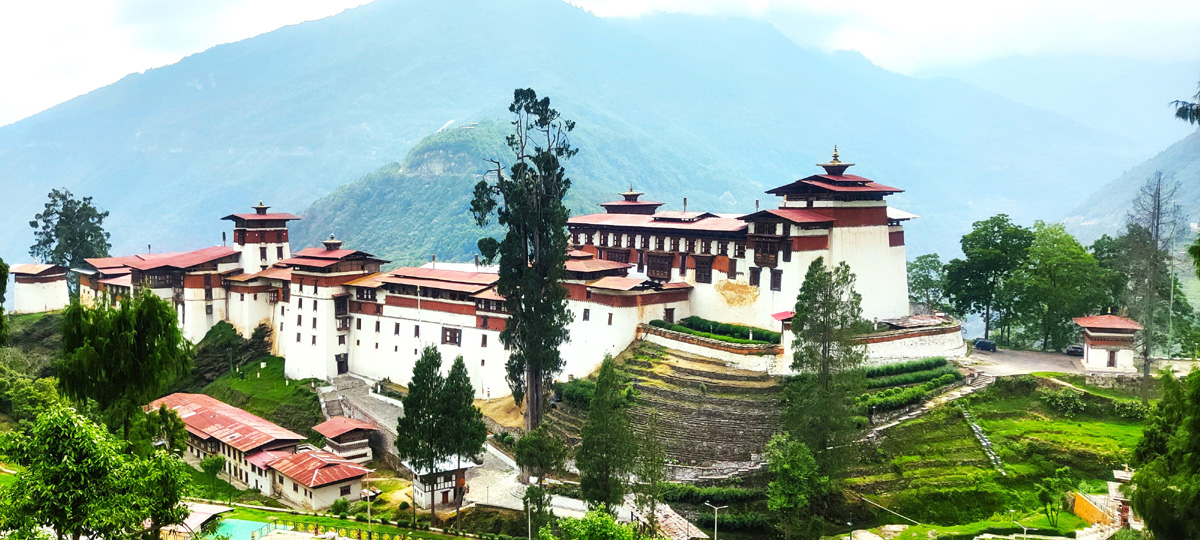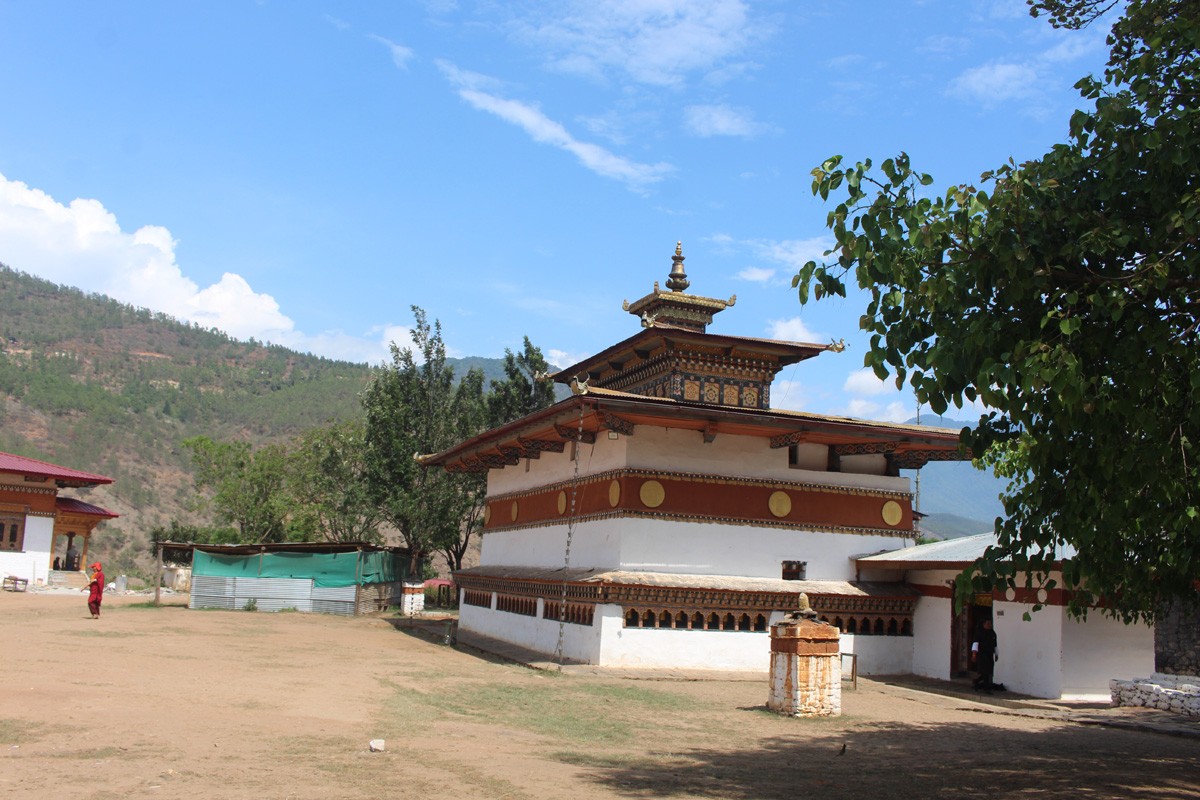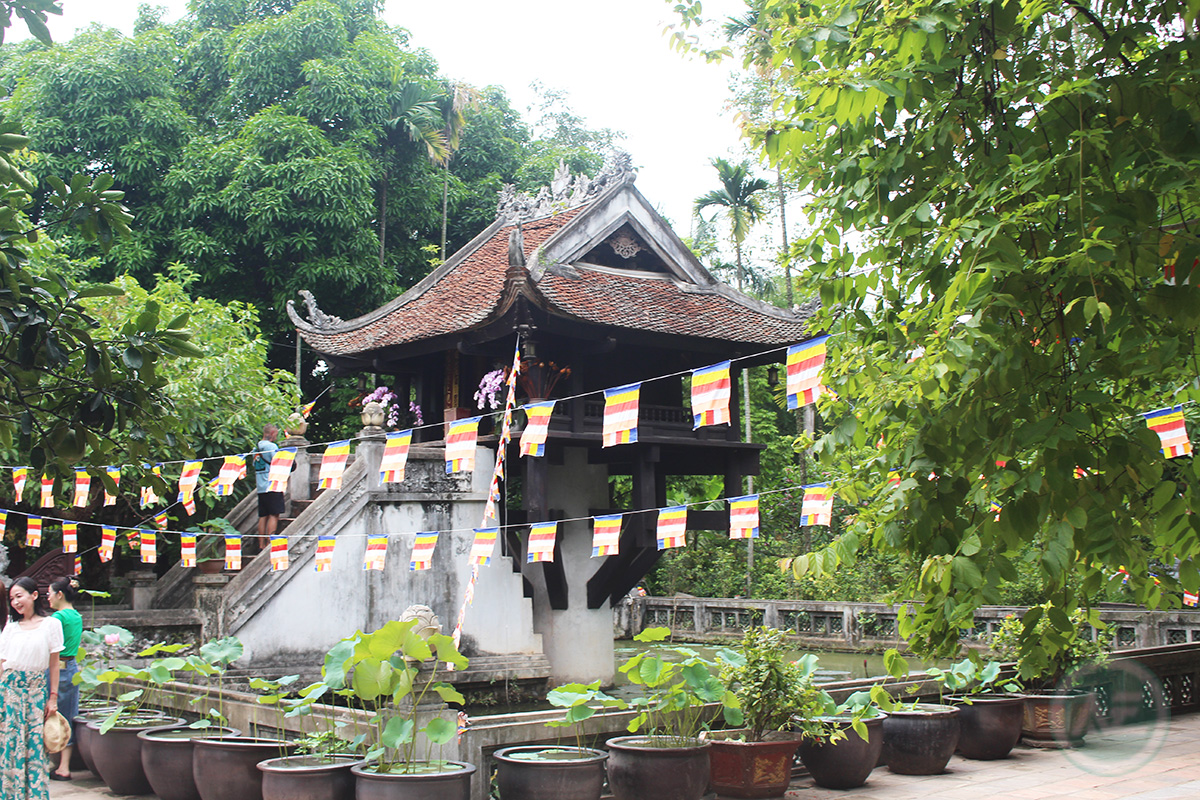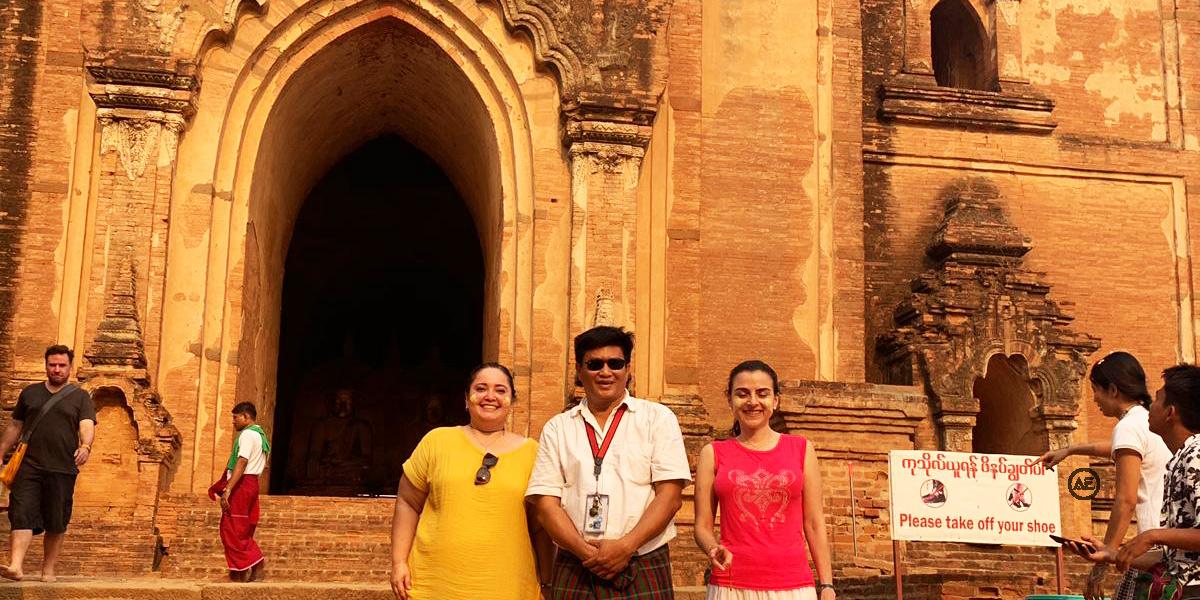Similarities and Differences between South Asia and Southeast Asia for Travelers
3 Dec 2023 Umesh Paneru

South Asia and Southeast Asia tours are a great amalgamation of history, culture, religion, diverse ethnicities, and natural wonders. These regions serve as incredible destinations for travelers globally. There are some similarities and differences between South Asia and Southeast Asia for travelers which we shall discuss in detail further below. Both these regions offer an array of cultural, historical, and religious tapestry along with geographical and natural marvels.
History and Culture
The history and culture of both South Asia and Southeast Asia are incredible and millions of years old. From ancient eras to the present it has evolved and is incredibly rich. Both these regions have strong histories and diverse cultures with varieties of traditions, religions, festivals, and cuisines.
South Asia
South Asia’s history begins with one of the oldest Indus Valley Civilizations from 3300-1300 BC. During different eras, the culture and tradition flourished. Some centuries-old cultural attractions in South Asia are Mohenjo-Daro-Harappa Archaeological sites, Mahabodhi Temple (Gaya), Pashupatinath Temple, Swayambhunath Stupa, Ancient Durbar Squares, Taj Mahal, Taktsang Monastery, Dambulla Cave, Bagerhat, etc. These attractions are undoubtedly South Asia’s rich cultural heritages.

Nepal Tibet Bhutan Luxury Tour 13 Days

Nepal Tibet Bhutan Tour 14 Days
Southeast Asia
Southeast Asia’s history is also significant in its different regions. From the history of the Funan and Chenla Kingdoms to the Khmer Kingdom, the Majapahit Empire to the present it shares a glorious history. The incredible evolvement of culture can be observed through its historical eras. Bagan Archaeological Sites, Angkor Wat, Sukhothai Historical Park, Ho-Chi Minh City, Malacca City, George Town, etc. are diverse cultural attractions of Southeast Asia.
Ethnicity, Religion, Festivals
The beauty of both South Asia and Southeast region is their diverse ethnicity, languages, religions, and festivals. South Asian ethnicities are driven by Indo-Aryan and Dravidian language families while Southeast Asians are driven by Austronesian family language families. In both regions, Hinduism, Buddhism, Islam, and Christianity are dominant religious compositions followed by other religions. Cultural diversity can be experienced in both regions hence, numerous festivals are celebrated here in both regions.
South Asia
South Asia is a rich region in the world for its diverse ethnicities and languages spoken. Combining all South Asian nations, it has more than 400+ diverse ethnicities and 500+ languages which is an incredible testament. Nepalese, Bhutanese, Indians, Sinhalese, Bengalis, etc. are prime ethnic groups in South Asia. Hinduism, Buddhism, Jainism, Islam, Christianity, Sikhism, Indigenous Beliefs, and Folk religions are prominent religions in South Asia.
The existence of these ethnicities and religions has shaped numerous festivals and are celebrated grandly by people living here. Many religions like Hinduism, Buddhism, Sikhism, and Jainism have originated in South Asia. Hence, these religions hold strong roots here. Some prominent South Asian festivals are Dashain, Diwali, Holi, Eid, Buddha Purnima/Vesak, Gurupurab, Losar, Navaratri, Tsechu, Durga Puja, etc. South Asians are warm, and kind and show great hospitality to others.
Southeast Asia
Southeast Asia region has the existence of diverse religions and traditions that display the cultural syncretism of this region. Some of the prominent ethnic groups here are Malay, Thai, Burmese, Khmer, Vietnamese, Laotian, Filipino, and Indigenous Groups. Mostly this region is influenced by Western culture.
The widely popular religions here are Christianity, Buddhism, Islam, Hinduism, Chinese Folk religions, and Traditional Indigenous Beliefs. The amazing part here is people follow religions with a blend of their indigenous beliefs in some nations of Southeast Asia. The popular festivals here are Songkran, Thaipusam, Eid, Thingyan, Tet Nguyen Dan, etc. which are vibrant and should not be missed. Likewise in South Asia, Southeast Asians also warmly welcome everyone and are kind to others.

Vietnam Cambodia Thailand Nepal Tour 16 Days

Myanmar (Burma) Special Tour 8 Days
Geography
Geographically South Asia and Southeast Asia are different. South Asia lies in the Southern part and the southeast region lies in Southeast Asia including the nations situated between the Pacific and the Indian Ocean. Both regions boast diverse geographical structures and consist of mountains, hills, beaches, coastlines, archipelagos, islands, etc.
South Asia has the world’s ten highest peaks including the world’s highest Mt. Everest. From the beautiful Himalayan and Karakoram ranges to deltas and plateaus, the Sundarban Mangrove Forest, the natural beach Cox’s Bazaar, Sri Lankan Coastlines, Malabar Coast, and Andaman and Nicobar Island, and distinct Valleys South Asia region offers abundant places to explore.
Southeast Asia has various geographical attractions such as Ha Long Bay, Phang Nga Bay, Taman Negara rainforest, Kuang Si Falls, Inle Lake, Ngapali Beach, Similan Islands, Cardamom mountains, Tennaserim Hills, and many more. The mountain ranges, beaches, rainforests, hills, islands, and lakes in Southeast Asia region attracts numerous tourist globally every year and has many must-visit destinations.
Getting a Visa
Getting a Visa is feasible for both South Asia and Southeast Asia regions. Easy On-arrival Visas are available for many nations while for some nations there is an easy online application of e-visas in advance for travelers. The process is easy and quick.
Air connectivity
Air connectivity between South Asia and Southeast Asia region is easily available and flexible. Multiple airlines operating flights connect major cities from Southeast Asia to South Asia and vice-versa. The most popular destinations in Southeast Asia are Bangkok, Singapore, and Kuala Lumpur, and in South Asia are New Delhi, Mumbai, Kathmandu, Dhaka, and Colombo.
Direct Flight Routes
- Bangkok to Delhi
- Kuala Lumpur to Colombo
- Singapore to Mumbai
- Colombo to Singapore
- Mumbai to Bangkok
- Kathmandu to Kuala Lumpur
- Dhaka to Bangkok
Note: Besides air connectivity, Myanmar is the only Southeast nation that has land connectivity between South Asia. It connects with Northeast Indian states.
Is it possible to do a combined tour of South Asia and Southeast Asia?
Yes, it is possible to do a combined tour of South Asia and Southeast Asia. With the assistance of the tour operator, plan the trip, and itinerary, and customize them to your preferences. We suggest travelers go for a combined tour of South Asia and Southeast Asia as there are multiple benefits and are as follows:
Savings
There is a huge saving for travelers if they go for combined tours. Firstly, there will be time-saving. There is well-established air connectivity between South Asia and Southeast Asia. Travelers can easily travel following the trip itinerary that best suits them.
Secondly, a combined tour is a great way to save money. Budgeting is the key factor for any tour. Travelers can have a great advantage when choosing a combined tour in a single trip. Finding budget accommodation, booking multi-country flights, and utilizing local resources and transportation can be the best deal during the tour.
Tips to save money
- Travelers should look for flight deals to save on airfare costs
- Look for budget-friendly accommodation
- Explore local markets and street foods
- Travel during the off-season
- Get complete travel insurance that includes multiple destinations and activities
New Experiences for Travelers
Traveling a combined South Asia and Southeast Asia is undoubtedly a new experience for travelers, especially for Western travelers. Travelers get a new perception and better understanding of the interlinks between these two dynamic regions. They can appreciate the similarities and differences between South Asia and Southeast Asia. The cultural and architectural richness, diversities in ethnicity, religion, languages, and traditions, historic cultural landmarks, and natural wonders coupled with cultural syncretism offer travelers unique experiences and diverse insights into these regions.
Travelers can also get exposure to diverse languages, festivals, and cuisines. Different language exposures take travelers to their linguistic traditions and learn some new languages. While traveling, we suggest learning some common phrases of the destinations prior for easy communication. Also, get a chance to explore the vibrant diverse festivals and be a part of them. Both these regions are rich in their variety of flavorful cuisines. The unique ingredients and cooking techniques, uses of spices, and foods having cultural influences distinguish its cuisines from the rest of continents/regions. Some famous cuisines are Indian, Nepali, Thai, Sri Lankan, Vietnamese, and Bangladeshi.
Well-planned, and well prepared
Both these region treats travelers with diverse culture, varied landscapes, adventure opportunities, historical and architectural wonders and insights, language exposure, cultural syncretism, and flavorful cuisines. To experience all these, it is important to be well-planned and be well prepared in advance. We suggest booking with a trusted tour operator who has expertise in combined South Asia and Southeast Asia tours. Discuss your queries, plan out the tour, prepare a flexible and customizable itinerary, and perform necessary tests, documentation, and physical preparation in advance for a smooth and memorable South Asia and Southeast Asia combined trip. We, Asia Experiences also operate combined South Asia and Southeast Asia trips for you and have the flexibility of customizing the trip that aligns with your preferences.
Destinations to explore
South Asia: Nepal, Bhutan, Tibet, India, Bangladesh, and Sri Lanka
Southeast Asia: Myanmar, Thailand, Cambodia, Laos, and Vietnam
Southeast Asia and South Asia regions Similarities and Differences in Tabulation
| Similarities | Differences |
| Rich History, cultural syncretism, and Diversities in cultures, traditions, festivals, and cuisines. | Southeast Asia and South Asia are geographically differently located. |
| Religious composition of Hinduism, Buddhism, Islam, and Christianity primarily. | Language Supremacy: Southeast Asia =Austronesian family South Asia =Indo-Aryan and Dravidian language families. |
| Remarkable architectural structures, historical monuments, Ancient Temples, palaces, and Ancient cities (e.g. Angkor Wat Taj Mahal, Durbar Squares, Dambulla Cave, etc. | South Asia: More than 400+ diverse ethnicities Southeast Asia: Diverse ethnicities follow diverse religions with mixing their ethnic beliefs (in some nations) |
| Traditional arts and crafts such as textiles, wood and stone carvings, traditional performances, and pottery. | South Asia: Historically influenced by major civilizations and rich Culture due to the existence of many religions. Southeast Asia: Hugely influenced by a mixture of Indian, Chinese, and indigenous cultures. |
| Rich biodiversity (diverse ecosystems, flora, and fauna, home to rare and endangered species.) | South Asia: Home to the birthplaces of major religions like Hinduism, Buddhism, Sikhism, and Jainism. Southeast Asia: Follows diverse religions with a blend of their indigenous beliefs. |
| Similar water festivals such as Holi in Nepal and India and Songkran in Thailand | Flavorful Cuisine: Unique cooking techniques, uses of spices, aromatic herbs, and cultural influences on cooking style. |
Suggested combined multi-country tour
- Nepal Tibet Bhutan Laos Tour
- Nepal Bhutan & Myanmar
- Nepal Tibet Bhutan Tour Packages
- Bhutan Bangladesh and Myanmar Tour
- Vietnam Cambodia Thailand Nepal Tour
- Tibet Bhutan Myanmar (Burma) Tour
- Nepal Tibet Bhutan Luxury Tour
- Nepal Bhutan Luxury Tour
- Nepal Bhutan Sri Lanka Tour
- India Sri-Lanka Nepal Bhutan Tour






